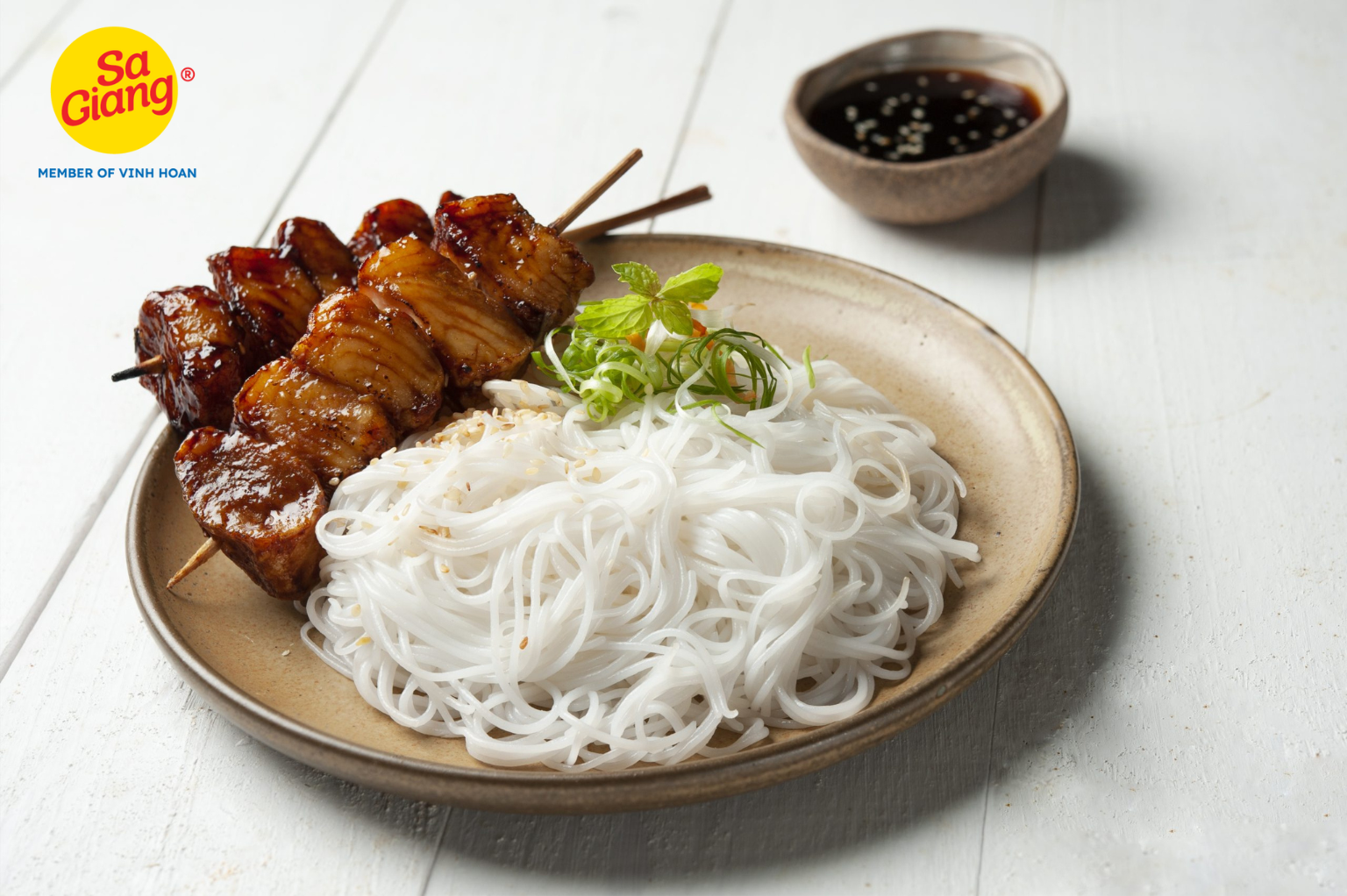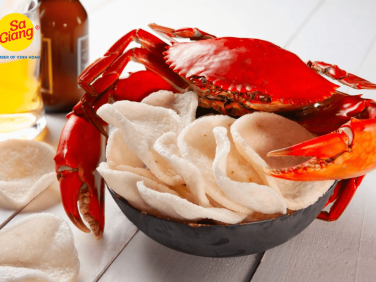Rice noodles are a staple in many Asian cuisines, known for their versatility, delicate texture, and ability to absorb flavors. These translucent strands of delight come in various shapes and sizes, each lending a unique touch to the dishes they are used in. In this blog post, we will take you on a journey through the realm of dried rice noodles, exploring different types and their culinary applications. Prepare to tantalize your taste buds and expand your knowledge of these delightful noodles!
Rice Noodles
The typical thickness and size of pho noodles are as follows: the noodles are thin and flat, approximately 1-2 mm in width. The width may vary depending on personal preference and regional variations. These light and delicate noodles are essential for creating the authentic texture and experience of enjoying a bowl of pho, a traditional Vietnamese noodle soup.
Rice noodles have a unique and enticing texture that differentiates them from other noodle varieties. With a delicate and tender consistency, they offer a silky-smooth mouthfeel. Rice noodles become slightly chewy when appropriately cooked, providing a satisfying bite. Their slender shape and smooth surface allow them to absorb the flavors of accompanying sauces and broths, enhancing the overall taste experience.
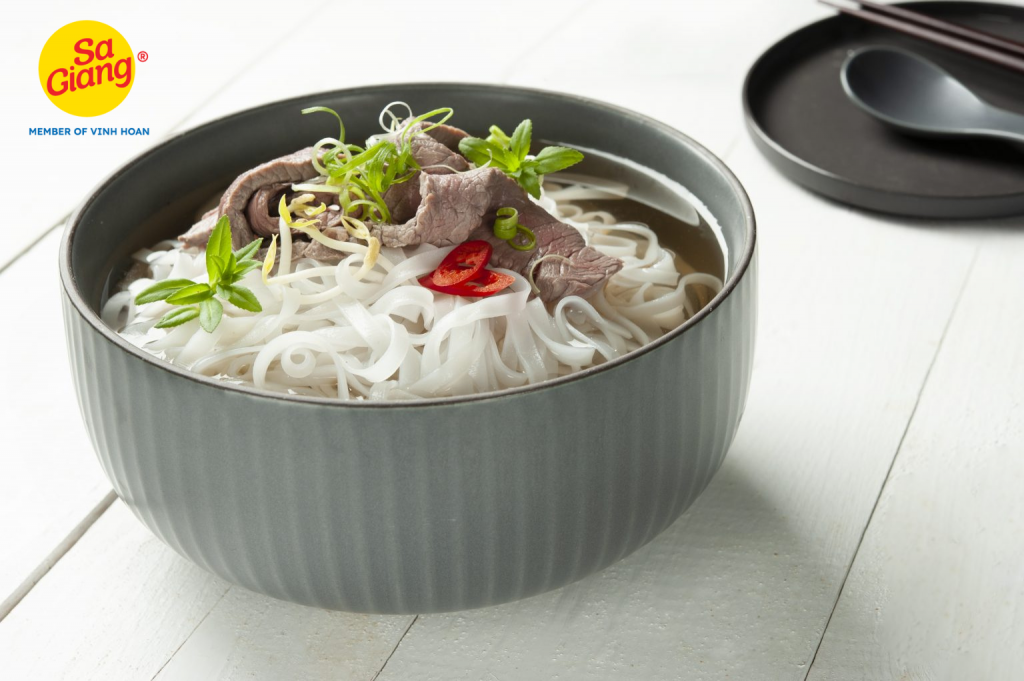
Rice Vermicelli
While it shares a similar name, Vietnamese rice vermicelli differs significantly from the previous type of noodle. These noodles are thick and round, resembling spaghetti. Unlike the previous type, Vietnamese rice vermicelli is cooked by boiling in hot water, like pasta. The cooking time varies depending on the size, and after cooking, they are rinsed in cold water to remove excess starch. Unlike traditional hot noodle dishes, Vietnamese rice vermicelli is commonly served cold. They are incredibly versatile and can be used to create refreshing rice noodle salads, healthy lettuce wraps, or even used in kanom jeen, which is the Thai equivalent of pasta.
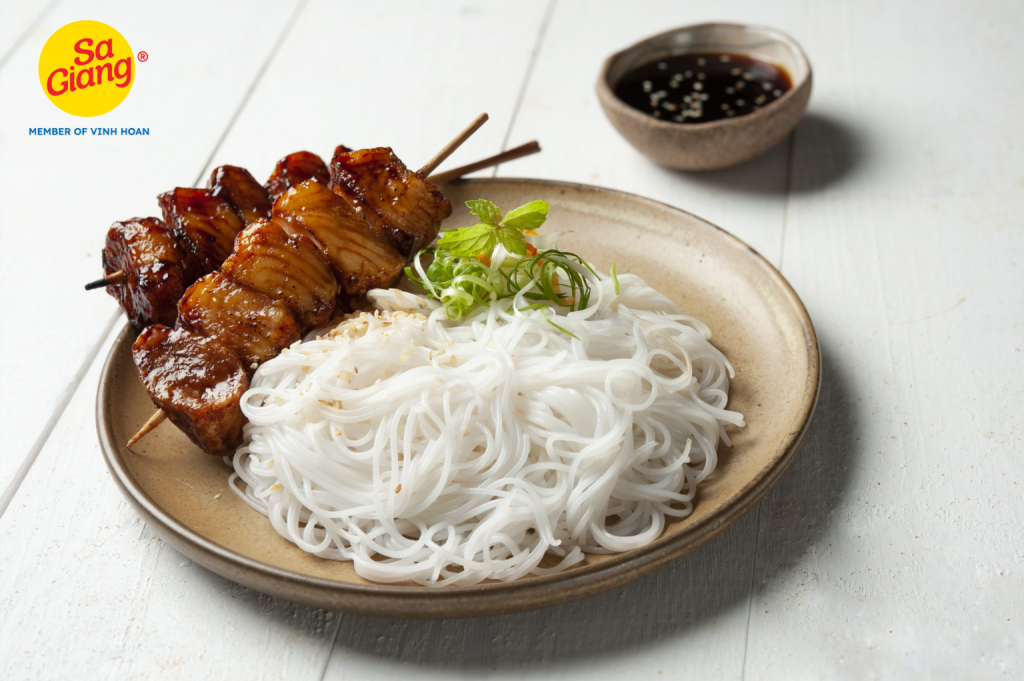
Pad Thai
Pad Thai noodles’ typical thickness and size are typically medium-sized and flat, around 3-5 mm in width. Compared to rice noodles, vermicelli, and rice stick noodles, Pad Thai noodles are broader and thicker, giving them a chewier texture. Pad Thai noodles are used explicitly in the popular Thai dish called Pad Thai, known for its unique blend of flavors and textures. Below are two popular sizes of Pad Thai noodles that are commonly enjoyed. Both sizes of Pad Thai noodles contribute to the signature texture and taste of this beloved Thai dish, offering options to suit individual preferences and culinary styles.
– Size small (2 mm wide). We have a particular fondness for these noodles when it comes to Southeast Asian noodle soups like Vietnamese pho and Thai boat noodles. However, they are equally versatile and can be enjoyed in stir-fried dishes as well.
– Size Large (4 mm wide) isn’t a popular size in Thailand, so it might be for export only, but some people use these for pad Thai. These are too large for noodle soups, and I recommend using these only in stir-fries.
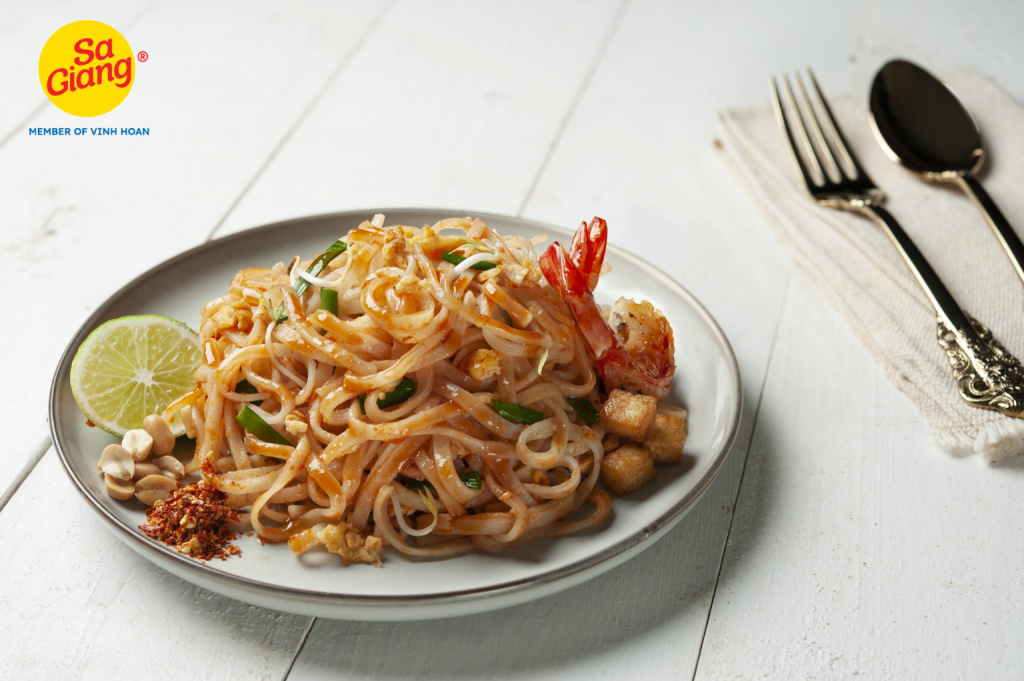
Rice Stick Noodles:
Rice Stick Noodles are crafted using rice flour, boasting a milky white color and featuring thick strands with soft fibers. These noodles have a moderate level of toughness and do not crumble easily. Produced under modern manufacturing processes adhering to international standards, Rice Stick Noodles guarantee both quality and safety. They serve as a convenient ingredient for preparing a variety of delectable dishes, including noodle soups, stir-fried noodles, and vegetarian or deep-fried noodles. Available in widths ranging from 2.5mm to 10mm, these noodles offer versatility to suit different culinary preferences.
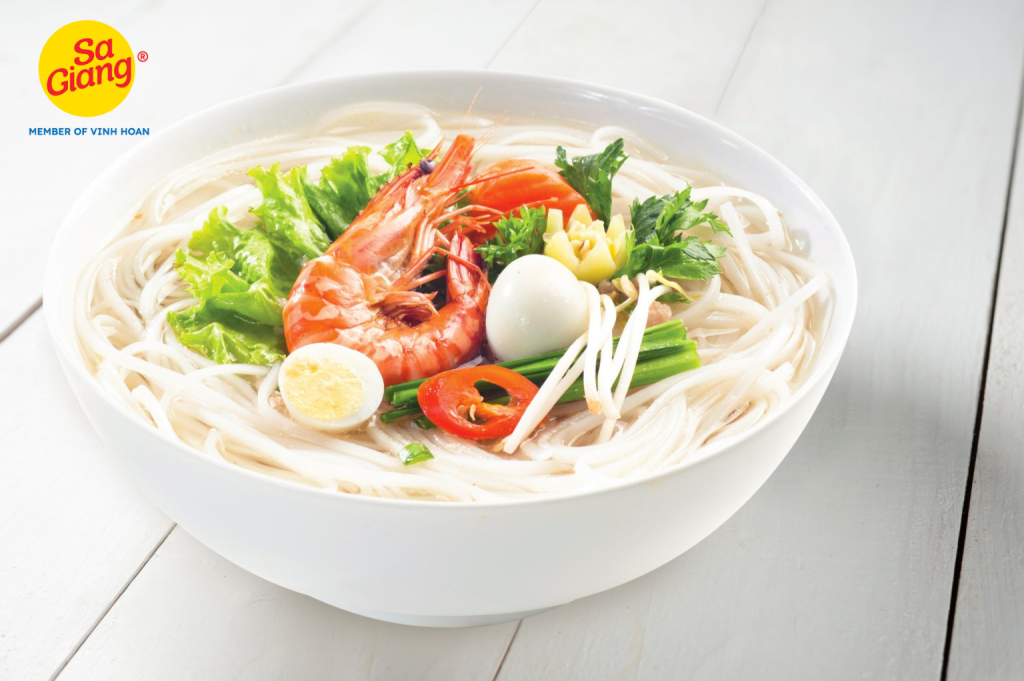
Where to purchase:
Discover the Sa Giang brand and shop now for high-quality and guaranteed bulk rice products, available for worldwide delivery. Experience reliable and trustworthy sourcing of a wide range of rice-based products from Sa Giang.

